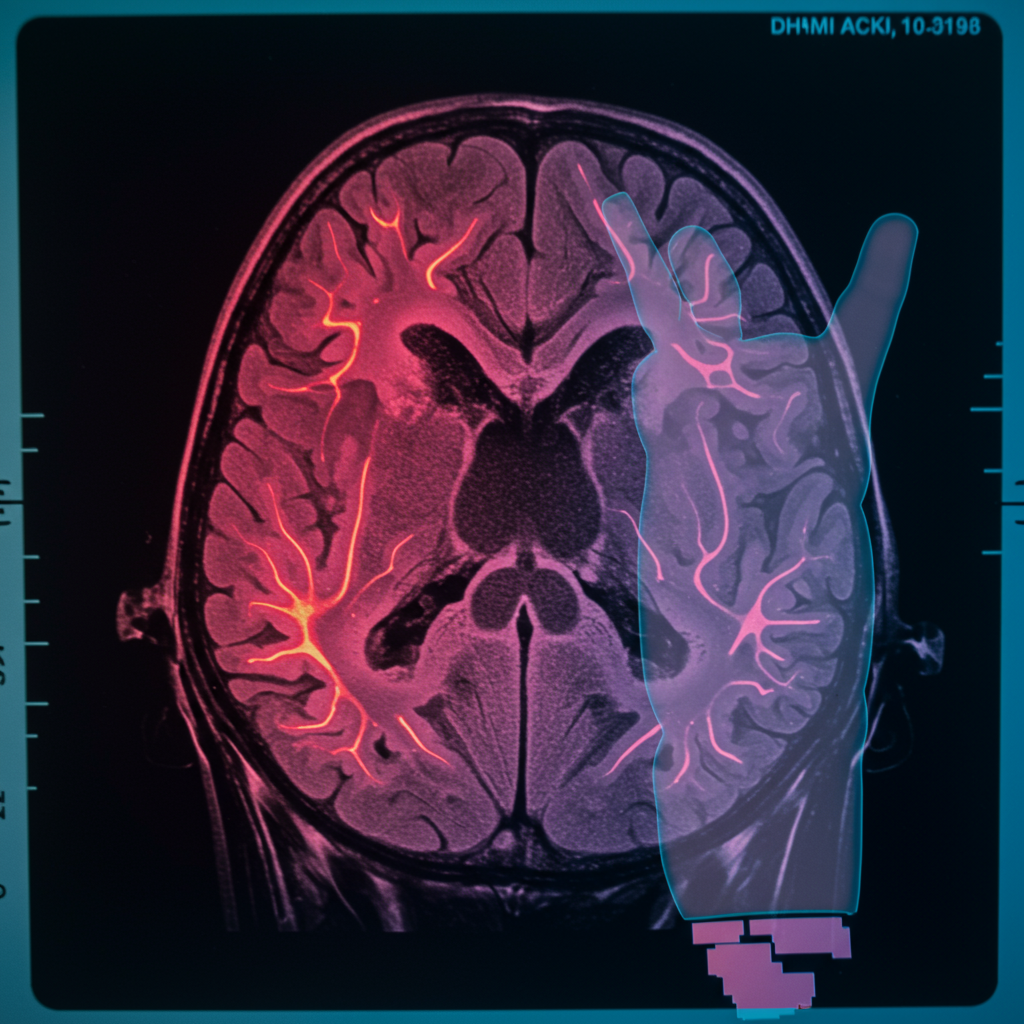A disturbing incident at a pre-school in north-west China has resulted in more than 200 children requiring hospital treatment for lead poisoning. The crisis unfolded in Tianshui City, Gansu province, after kitchen staff at a local kindergarten allegedly used toxic, inedible paint to decorate food intended for the young students. This severe lapse in food safety has prompted a major investigation and raised urgent concerns about oversight in educational institutions.
A Devastating Discovery Unfolds
The alarming situation came to light following reports from concerned parents. Since as early as March, some parents had noticed troubling symptoms in their children, including stomach pain, discomfort in their legs, and a significant lack of appetite. These symptoms prompted parents to seek medical attention and raise the alarm with local authorities.
An investigation was swiftly launched into Peixin Kindergarten. It was discovered that the children had consumed steamed red date cake and sausage corn buns that had been decorated using a pigment derived from inedible paint. These seemingly innocent food items turned out to be the source of the widespread poisoning affecting the young students.
Unprecedented Lead Levels Found in Food
The severity of the incident became horrifyingly clear after food samples from the kindergarten kitchen were tested. The results revealed lead concentrations far exceeding national safety limits. China’s national food safety standard permits a maximum lead level of 0.5 milligrams per kilogram (mg/kg) in food.
Samples of the contaminated food items displayed lead levels that were orders of magnitude higher. The steamed red date cake registered a lead content of 1052 mg/kg, while the sausage corn buns contained an alarming 1340 mg/kg of lead. These figures represent lead contamination levels that are an staggering 2,000 times greater than the legally permissible standard. Such high levels of a potent heavy metal in food pose an immediate and severe health risk, especially to developing bodies like those of young children.
How Toxic Paint Entered the Kitchen
The investigation delved into how a highly toxic substance like inedible paint ended up being used in children’s meals. According to statements from the police, the instruction to purchase the paint came directly from the school principal. Staff were reportedly told to buy the decorative paint online.
Crucially, the paint in question was clearly marked as inedible. Despite this explicit warning, it was allegedly used in the preparation and decoration of the children’s food. Following the widespread illness among the students and the initiation of the police inquiry, officers had to conduct a search to locate the remaining supplies of the toxic paint, which investigators believe had been deliberately hidden. Chinese state media aired footage reportedly captured from CCTV cameras within the kitchen, which appeared to show school staff adding pigment from the paint to the food items. This suggests the use of the toxic substance was not accidental but a directed action, even if the full understanding of its toxicity was lacking among those applying it.
The Human Cost: Health Impacts and Parent Fears
The most devastating consequence of this incident is the impact on the children. A total of 233 children from Peixin Kindergarten were found to have elevated levels of lead in their blood. More than 200 of these young victims required hospitalization for treatment of the lead poisoning.
Parents are understandably consumed by worry regarding the potential long-term health effects on their children. Lead poisoning is known to be particularly harmful to children, affecting neurological development, cognitive function, and various organ systems. One parent voiced his deep concern about the potential damage to his son’s liver and digestive system. This parent, Mr. Liu, described taking his child to a hospital in Xi’an for testing last week after hearing the alarms raised by other parents. His son is now facing a necessary ten days of treatment and medication to address the poisoning, a process that can be challenging and distressing for both the child and the family. The reported symptoms, including stomach and leg pain and reduced appetite experienced by children since March, align with known signs of lead exposure.
Accountability and Criminal Investigation
In response to this severe public health incident, authorities have taken swift action. A total of eight individuals have been arrested in connection with the poisoning at Peixin Kindergarten. Those taken into custody include the principal of the privately-run school and its main investor.
These individuals, along with other kitchen staff, are now facing investigation on suspicion of committing the crime of “producing toxic and harmful food.” This charge reflects the gravity of deliberately using a substance known to be inedible, with catastrophic consequences for the children who consumed it. The ongoing criminal investigation aims to determine the full extent of responsibility and negligence involved in this shocking case of food contamination. The long-term use of the paint remains unclear, but the timeline of symptoms reported by parents suggests it may have been incorporated into food preparation for some time leading up to the discovery.
Broader Implications for Food Safety Oversight
The incident in Tianshui has prompted reflections on systemic failures in ensuring the safety of food provided to vulnerable populations, such as children in schools. The mayor of Tianshui, Liu Lijiang, publicly acknowledged the seriousness of the event. He stated that the poisoning exposed significant “shortcomings and loopholes” within the existing public food safety supervision system.
This admission highlights the critical need for more stringent oversight, regular inspections, and clearer guidelines for food preparation in schools and childcare facilities. The fact that inedible paint, clearly marked as such, could be purchased and intentionally used in food production within a school environment underscores a breakdown in multiple layers of safety protocols, from procurement practices to kitchen supervision. The city’s commitment to “draw lessons from the event” signals a potential move towards tightening regulations and enforcement to prevent such a devastating incident from recurring and rebuilding public trust in institutional food safety. Ensuring safe and nutritious meals for children in educational settings is a fundamental responsibility that requires unwavering vigilance from both school administrations and regulatory bodies.
Frequently Asked Questions
What specifically caused the mass lead poisoning at the China preschool?
The lead poisoning incident at Peixin Kindergarten in Tianshui City was caused by school kitchen staff using inedible paint as a decorative substance on food items. Tests confirmed extraordinarily high levels of lead in steamed red date cakes and sausage corn buns served to the children. The paint, despite being clearly marked as unsuitable for consumption, was intentionally added to the food.
Where did the kindergarten obtain the toxic paint used for food decoration?
According to a police statement, the principal of Peixin Kindergarten instructed kitchen staff to purchase the inedible paint online. Following the children falling ill and the start of the investigation, police had to search for the remaining supplies of the paint, which investigators believe had been deliberately hidden by school staff.
What are the main health concerns for children exposed to lead through contaminated food?
Lead is a highly toxic heavy metal, and exposure, particularly in young children, can have severe and long-lasting health consequences. Parents of the affected children expressed significant worries about potential damage to their children’s liver and digestive systems. Lead poisoning can impair brain development, affect the nervous system, cause developmental delays, and impact various other bodily functions. Symptoms reported by parents in this case included stomach pain, leg pain, and loss of appetite.
Conclusion
The lead poisoning of 233 children at a Tianshui kindergarten is a tragic and deeply concerning event that underscores the critical importance of rigorous food safety standards and unwavering vigilance, especially in institutions responsible for the care of children. The deliberate use of inedible paint, leading to lead levels thousands of times the safe limit, highlights a severe failure in judgment, supervision, and potentially a criminal disregard for safety. As investigations proceed and individuals face legal consequences, this incident serves as a stark reminder for authorities worldwide to review and strengthen oversight of food preparation in schools and childcare facilities. The health and future of children depend on ensuring their environments, including their meals, are unequivocally safe.
Word Count Check: 1088



